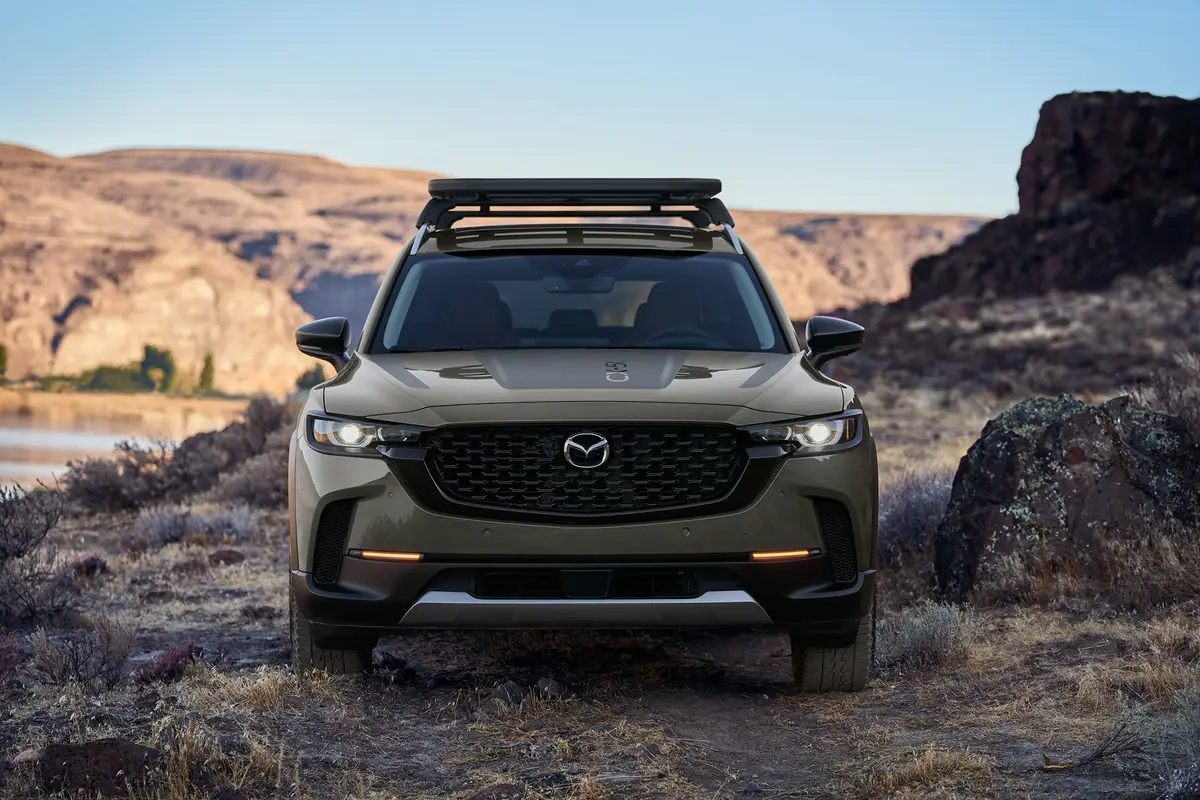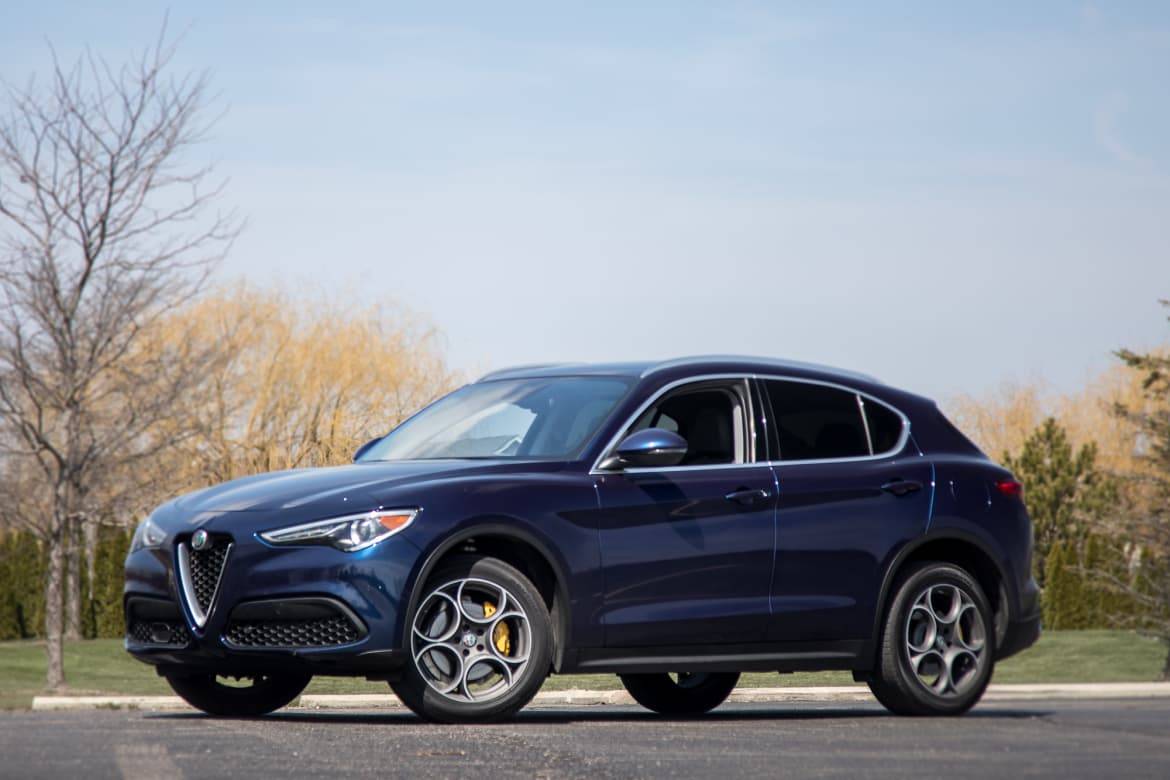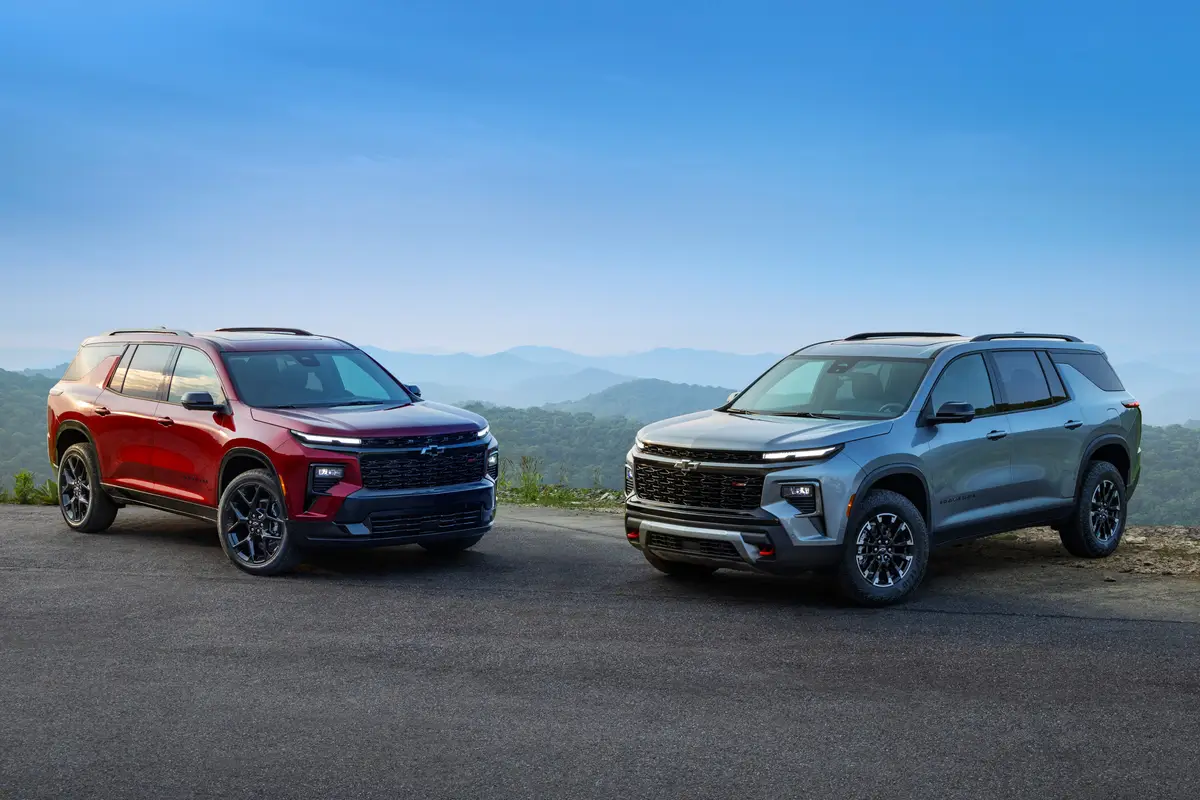chicagotribune.com's view
What a difference a generation makes.
The compact all-wheel-drive Subaru Forester first went on sale in the 1998 model year, and it has been replaced by Gen II for the ’03 model year.
The most noticeable difference between Gen I and II is that II looks more like a sport-utility vehicle and doesn’t so closely resemble a station wagon as Gen I did.
With Forester and the Outback before it (1996 model year), Subaru pioneered crossover vehicles that blend the best that cars and sport-utility vehicles have to offer.
Forester and Outback are car based, Forester off the Impreza platform, Outback off the Legacy platform.
Both also boast full-time all-wheel-drive, the feature that attracts so many folks to SUVs. But unlike most truck-based SUVs, both also boast car-like ride and handling and, more important, car-like fuel economy.
In addition to a redesign, Forester has gotten new nomenclature. The old L and S models are now the new X and XS models, with X the designation to call attention to it being an all-wheel-drive crossover.
The styling department did a good job in coming up with a more fashionable rendition with rounded rather than square edges, a larger, bolder grille, contoured halogen headlamps and flared fenders.
The engineers deserve even more credit. The body structure was beefed up to provide a more solid and noticeably quiet machine while the suspension was tweaked and rear tracking widened by about an inch to ensure better road manners and more predictable handling.
To further improve handling, 16-inch all-season radial tires are standard on X and XS, with the 15-inch radials on the old L gone.
It helps, too, that rebound springs were added to the shocks to reduce the likelihood of front-end dive when braking hard or rear-end squat when accelerating hard to improve stability.
And the XS model we tested adds electronic brake distribution as standard, which optimizes brake force between front and rear wheels based on the weight distribution of the passenger/cargo load.
The engine remains the same, the 2.5-liter, 165-horsepower, 16-valve 4-cylinder that delivers decent pep for a vehicle meant more to get and keep going regardless of weather than to impress onlookers holding stopwatches. The mileage rating is 21 m.p.g. city/26 m.p.g. highway. Good, but considering Forester’s compact size, about 2 m.p.g. more city and highway would be more impressive.
Of course, as we’ve often said, when the roads are rain-soaked or snow-filled, mileage and the price of gas drop on the priority list.
The Forester XS we tested starts at $23,695 with automatic ($800 less with 5-speed manual).
Power windows/mirrors/door locks are standard along with heated front seats, cruise control, outside temperature gauge, 12-volt power plugs in the front console and cargo area and 60/40 split folding rear seats.
Items added as standard equipment for ‘ 03 include a dual-stage passenger-side air bag whose deployment force depends on speed of impact, front-seat side-impact air bags, AM/FM stereo with six-disc CD player, automatic climate control, in-console cupholders, rear window defroster, remote keyless entry, remote fuel-door release, intermittent wipers and chrome inside door handles.
Only option on the test vehicle was the premium package with leather for $1,750 that included leather-trimmed upholstery and power moonroof.
Good all-weather performer. Subaru expects sales of the ’03 to top 57,000 units, up from 55,000 for the model it replaces, and edging it closer to the larger, but about $2,400 more expensive, Outback with sales of about 70,000 annually.
Latest news



